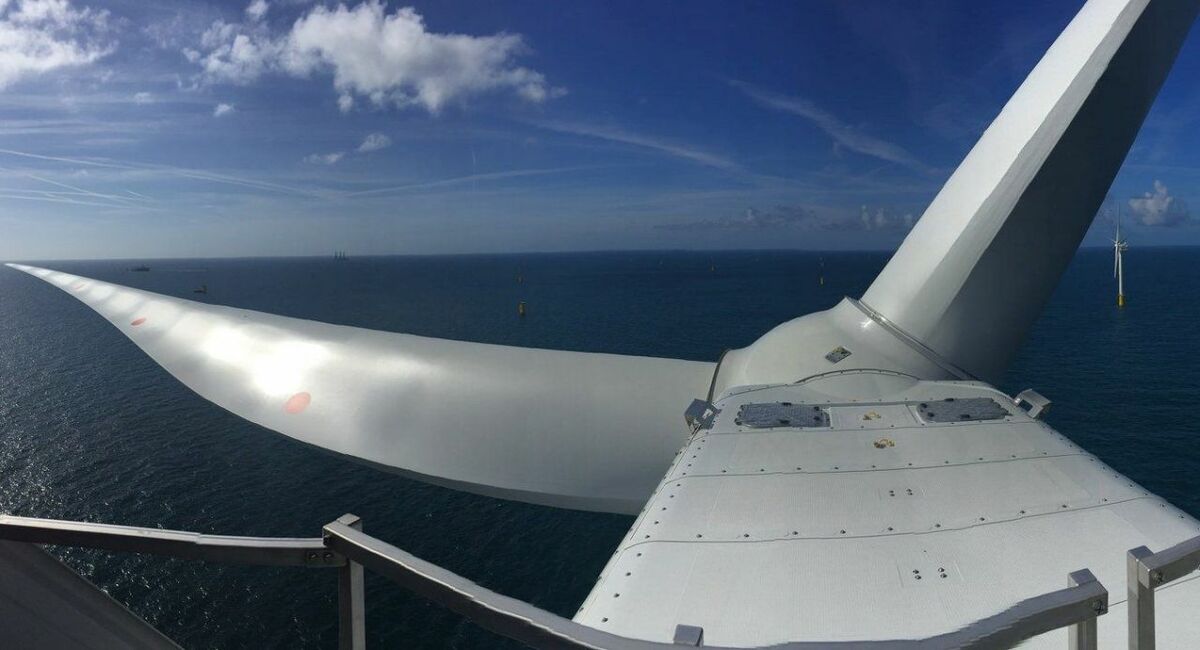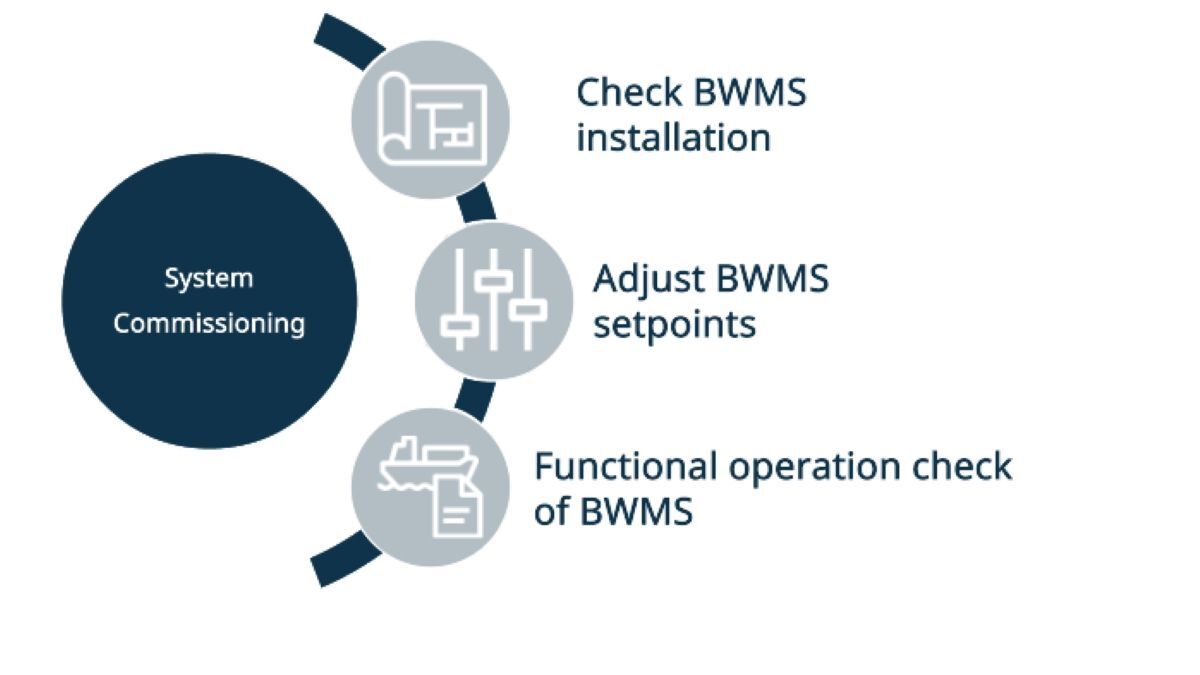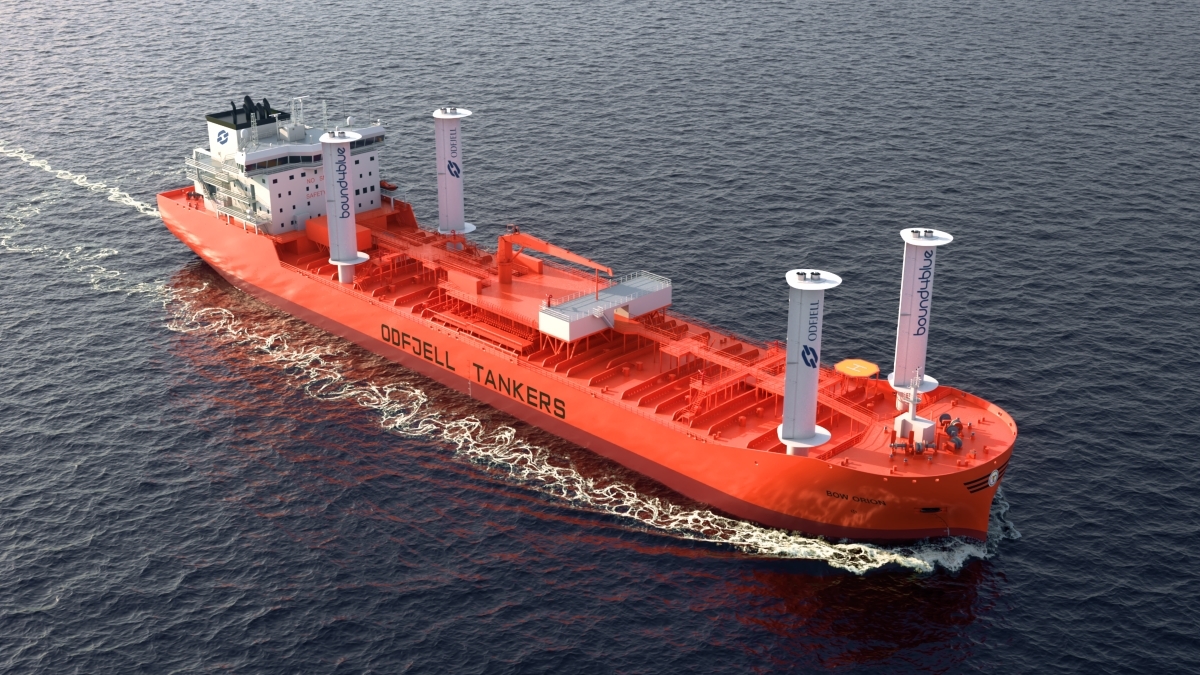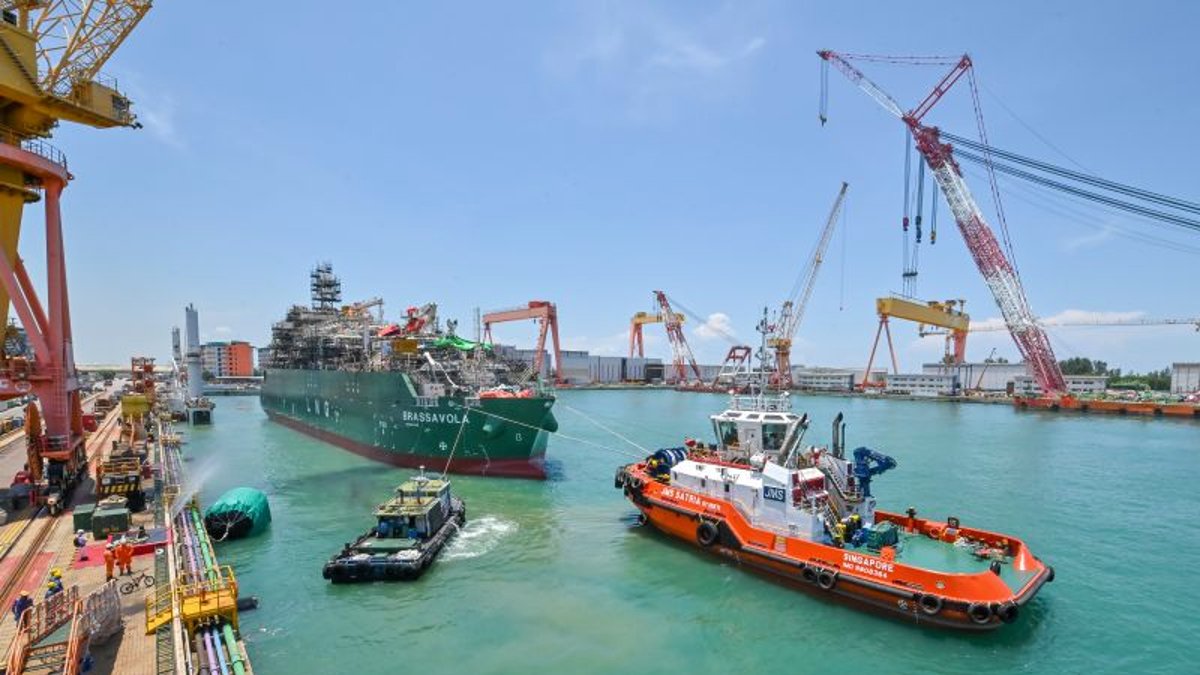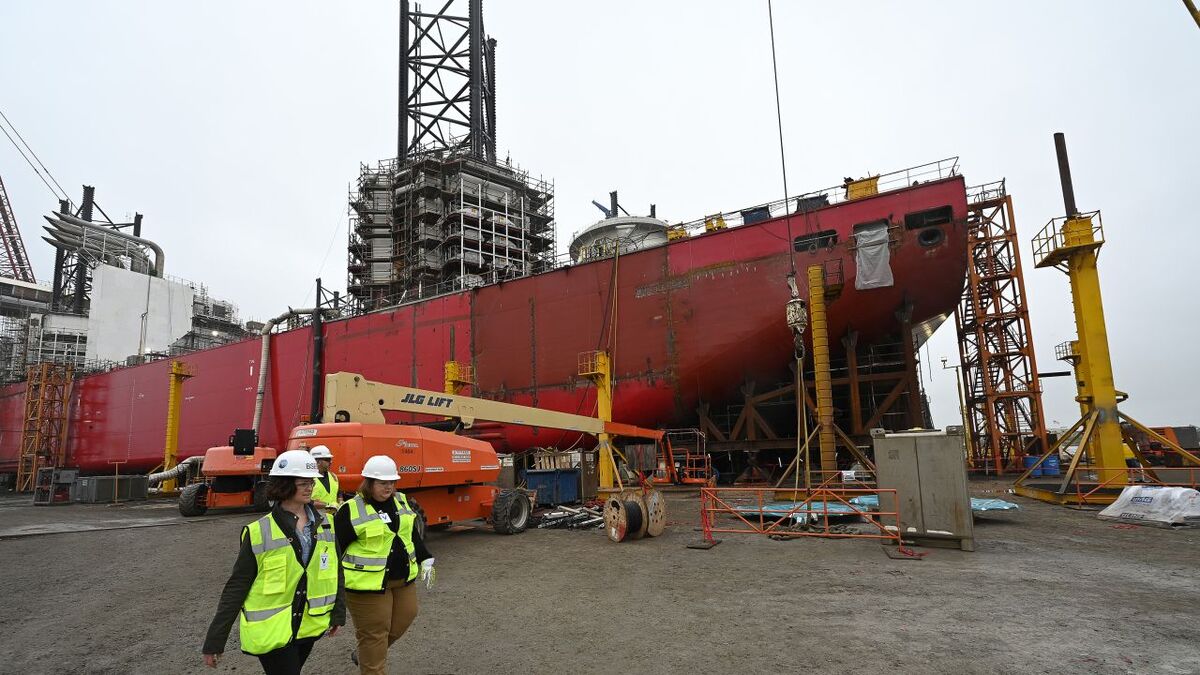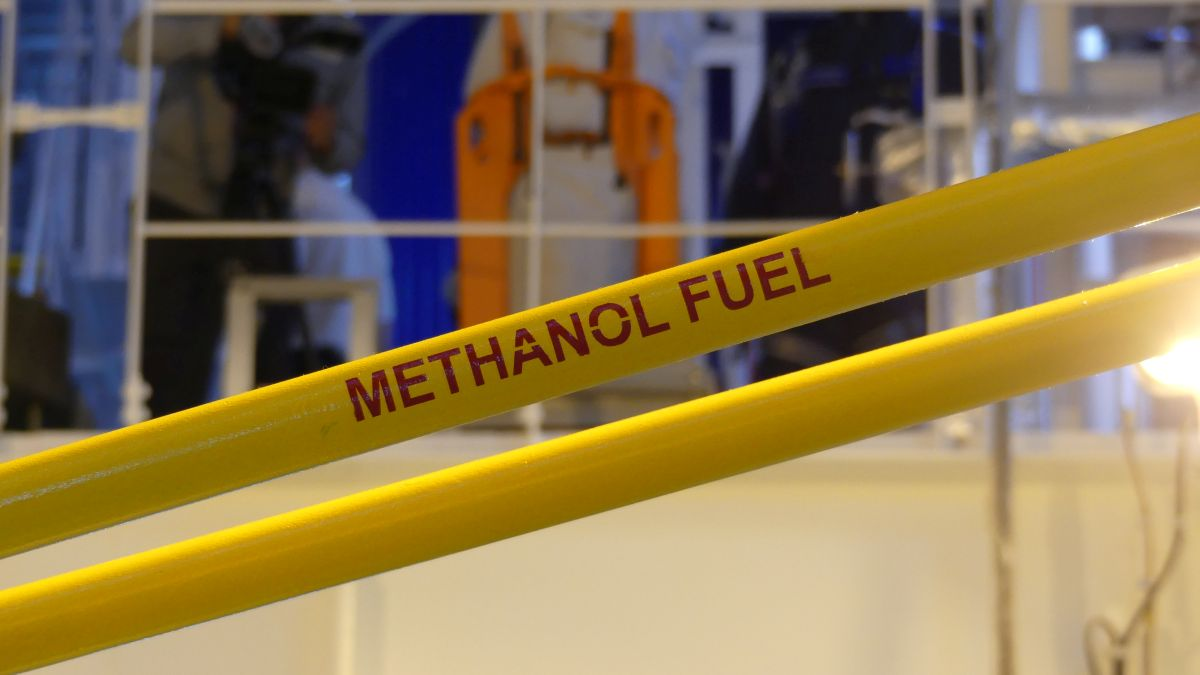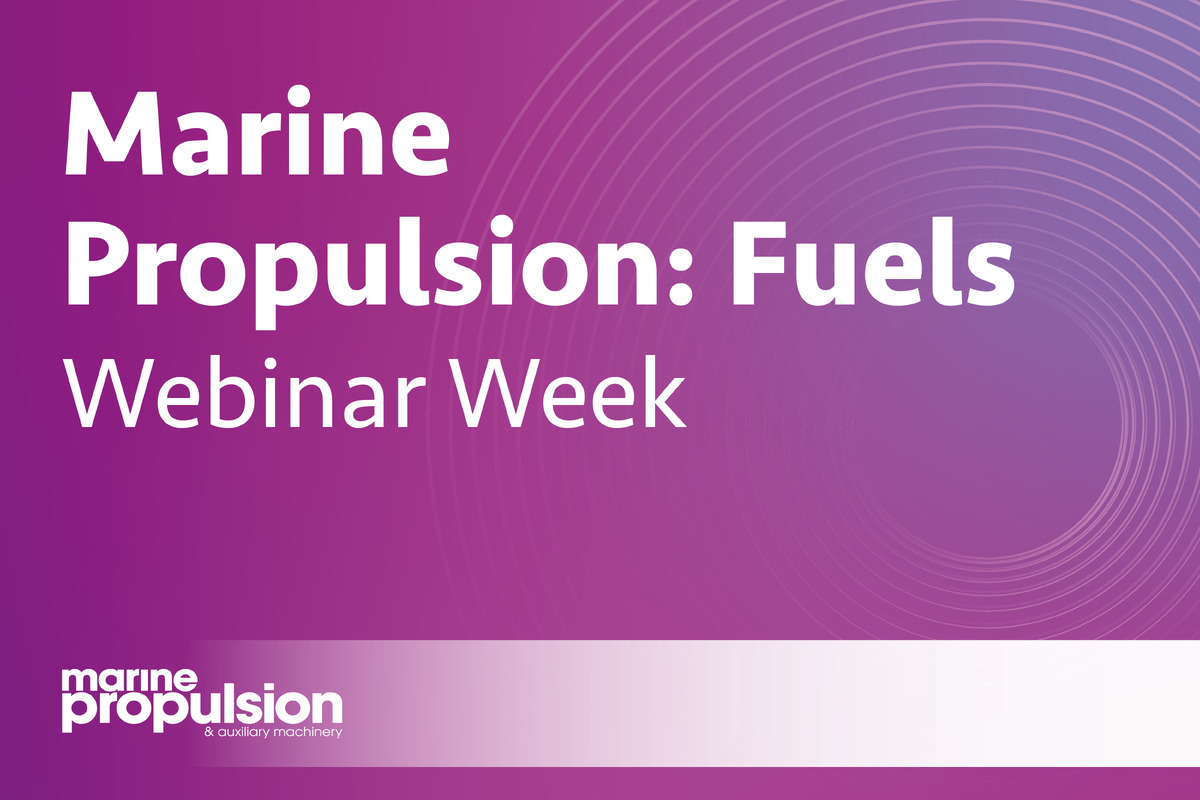Business Sectors
Events
Contents
Limiting payments 'could drive CfD bids up rather than down’
The government in the UK needs to take urgent action if its 40 GW by 2030 target for offshore wind energy is to be met, leading consultants argue
CMY Consultants’ Charles Yates said strong and sustained government commitment would be necessary if the required investment to reach 40 GW is to be attracted to the UK market, addressing a parliamentary inquiry into technological innovation in offshore wind. He was submitting evidence by himself and senior independent energy sector consultants Paul Hallas, a director of Halsette Energy Consulting and Paul Hughes, a partner at 3M Energy Advisors.
But he raised questions around the contract for difference (CfD) auction scheme, particularly a proposal from the Department of Business, Energy & industrial Strategy (BEIS) to limit CfD payments when power prices are negative, which may increase CfD bids as developers try to recoup ‘lost revenue.’
“Transferring this additional price risk to windfarm owners will mean greater use of expensive project equity, as banks shy away from price risk by reducing the amount they will lend, and so increase the cost of capital,” he said.
As highlighted by OWJ on a number of occasions, most recently here, cannibalisation of offshore wind power prices is a growing problem for windfarm developers and is a potential barrier to investment. Price cannibalisation is the downward pressure on wholesale electricity prices at times of high output from intermittent, weather-driven generation such as solar and wind.
“As the output from different offshore windfarms are often correlated – if it is windy for one North Sea windfarm it is likely to be windy for many – and offshore wind is an increasing fraction of total generation, we expect to see more periods when wholesale power prices are negative as supply from zero incremental cost renewables exceeds demand,” Mr Yates explained.
“Current low electricity demand due to Covid-19 is giving a foretaste of more frequent negative prices which are likely to be more common by 2030. Experience in Germany earlier this year indicates the extent to which windy conditions and high levels of intermittent generation can lead to frequent negative power prices.”
A very windy February 2020 caused German power prices to turn negative for longer than ever before in one month. High winds that month broke renewable energy production records, and power prices were negative for 84 hours or more than 12% of the month – compared to 211 hours (2.4% of the year) in all of 2019. At times power prices were lower than minus €50/MWh (US$54/MWh) and wind power generation alone was almost enough to meet demand. The 21 TWh of wind generation accounted for about 45% of Germany’s total power production in February.
“With 30 GW or more of offshore wind, BEIS forecast negative wholesale prices about 4.5% of the time in 2035 and Cornwall Insight forecast 14% in 2034,” Mr Yates said. “The latter represents a significant fall in revenue for generators who will find it difficult if not impossible to find a hedge against negative prices.
“BEIS’ CfD proposals on negative prices are designed to improve value for money for consumers but would result in negative prices becoming a problem for projects receiving CfDs. However, if cross-border transmission links and smart charging of electric vehicles (EVs) expands, this will increase the potential for short-term mitigation.”
But as Mr Yates and his colleagues point out, interconnectors will not help when high wind conditions in northwest Europe persist for extended periods. Moreover, more storage in the system (including EV batteries) will create new demand when prices are low or negative and reduce the likely incidence and depth of negative prices.
“We counsel against structuring a CfD design response based on negative prices being frequent and deep,” he told OWJ. “Currently, CfD payments are capped at the strike price when prices are negative, and if these persist for six hours or more, payments under the CfD are zero for the entire period.
“BEIS now proposes that difference payments are not made to CfD generators when the Intermittent Market Reference Price is negative. If this was to lead to a 10% fall in payments under the CfD and windfarm developers could not mitigate the impact on their revenue, then an increase of 10% in CfD bids would be required to compensate for the loss of revenue.
“The risk of negative prices reduces project bankability, increases the cost of capital and so further raises the strike price bid in CfD auctions. Irrespective of the actual impact of negative prices, banks lending to offshore wind will structure and price their loans based on a worst-case scenario.”
Mr Yates and his colleagues anticipate that in the 2020s and 2030s, negative power prices could have a significant impact on offshore wind revenue unless power is covered by a price hedge such as a PPA or it can be converted into a commodity such as hydrogen with a positive market value.
He noted that major developers such as Ørsted are exploring the feasibility of using cheap electricity from offshore wind to power electrolysis and produce green hydrogen, which is expected to become an important zero-carbon fuel for hard to decarbonise sectors such as heating, particularly industrial heat, and transport, particularly heavy goods vehicles.
As hydrogen is a good inter-seasonal store of energy and can also be used to generate power, a windfarm can mitigate negative prices by diverting power to hydrogen production when power prices are low and storing the hydrogen until electricity/hydrogen prices are high.
As part of the BEIS-funded Gigastack hydrogen supply feasibility study, Orsted and ITM Power have proposed an electrolyser in an offshore wind turbine tower, or very near it, which has a connection to the direct current (DC) generated in the turbine, along with appropriate power flow control and water supply. This arrangement should reduce the costs and energy losses from green hydrogen production.
Bigger pot needed?
Mr Yates and his colleagues expect the 40-GW target for offshore wind by 2030 will require a significant increase in the budget allocated to it, which is currently set at £557M (US$679M) per annum for Pot 2 technology such as offshore wind.
Mr Yates said the cost of the additional CfDs to reach the government’s target would be around £1.3Bn per annum, which is more than twice the current budget.
In the medium term, he said, constructing a further 30 GW of offshore wind generation by 2030 to achieve 40 GW requires an estimated investment of £70Bn.
Riviera will host a week of free to attend 45-minute webinars focused on offshore wind commencing 8 June. Register your interest now
Related to this Story
Events
Maritime Cyber Security Webinar Week
International Chemical & Product Tanker Conference 2024
Marine Propulsion: Fuels Webinar Week
How enhanced connectivity is propelling maritime into the AI era
© 2023 Riviera Maritime Media Ltd.


